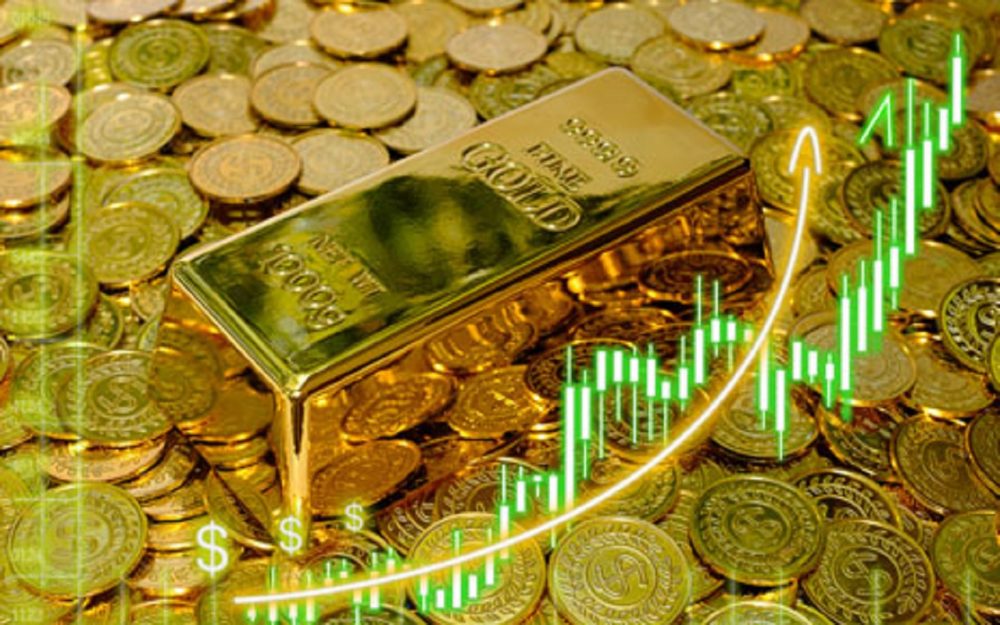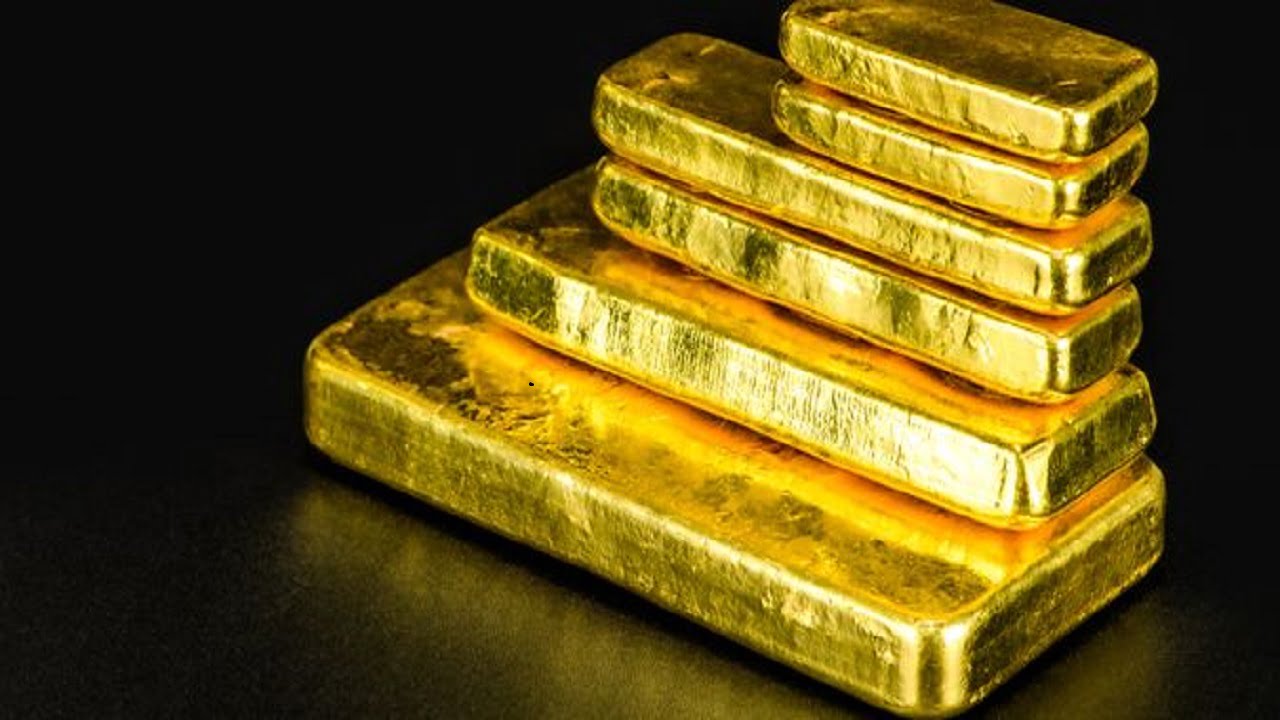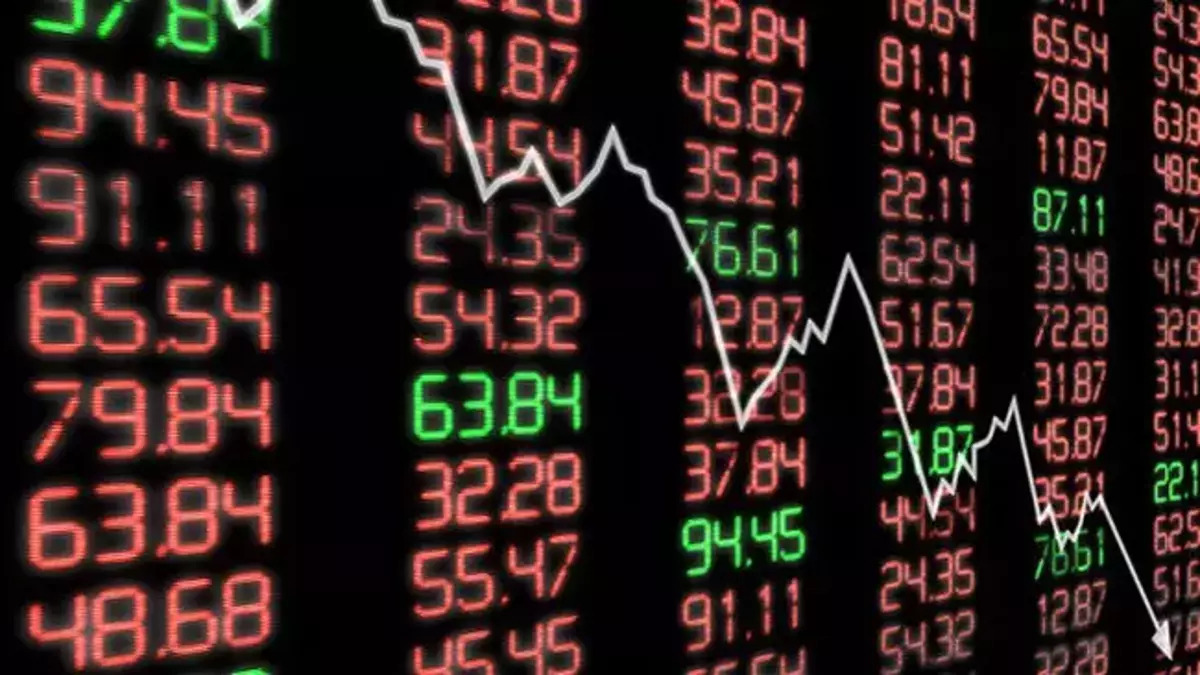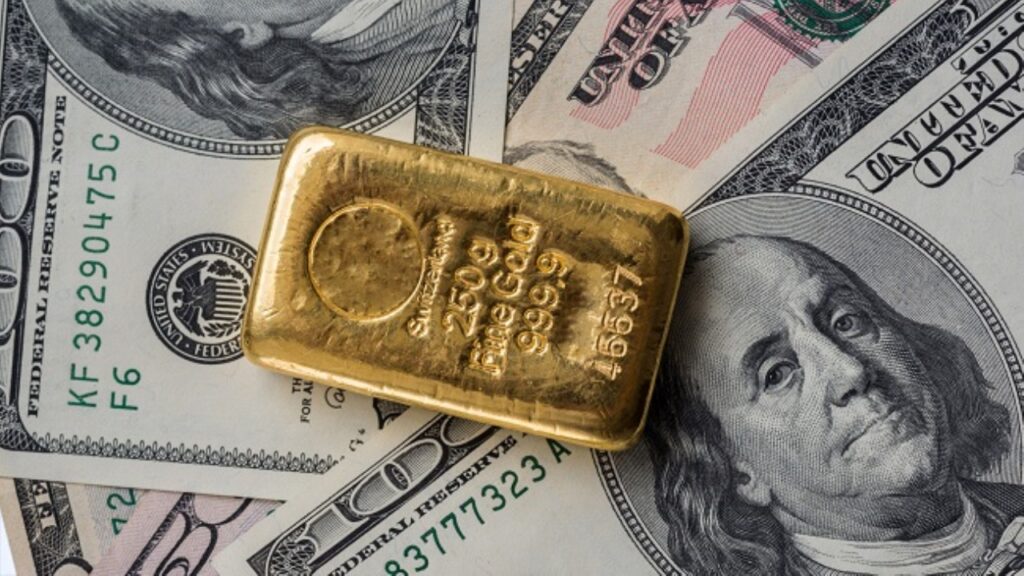Gold prices rose more than 3.5% on Friday as a wave of banking crises swept global markets and gold headed for its biggest weekly gain in three years. Meanwhile, the stakes have risen for a less aggressive Federal Reserve to fight inflation. Analysts interpret the market and share their forecasts.
Gold soars under the influence of these fears
Gold prices increased last week’s rally as investors turned to safe-haven assets amid stress in the banking sector on both sides of the Atlantic, with support from the decline in Treasury yields and the US dollar. Spot gold rose 3.6% to $1,988 on Friday. US gold futures were up 2.6% to close at $1,973.50. “Gold is rising amid fears of more bad banking news over the weekend and hopes the Fed will pause rate hikes next week,” says Tai Wong, an independent metals trader based in New York.
According to Lukman Otunuga, senior research analyst at FXTM, gold will likely shine out of the chaos as investors take a cautious stance. Meanwhile, according to most economists polled by Reuters, the Fed will raise interest rates by 25 basis points on March 22, despite the recent turmoil in the banking sector.

Fed’s nearing end expectations battered the US dollar
Precious metals analysts say gold is also taking advantage of the view that the Federal Reserve could end its rate hike cycle at next week’s meeting and report a final 25 basis point gain before standing up. According to the CME FedWatch Tool, traders are betting that the Fed will raise interest rates by a quarter point when it meets next week, rather than the half-point increase predicted before the sudden collapse of Silicon Valley Bank last week. XM chief investment analyst Raffi Boyadjia comments:
There is growing speculation that the Fed will repeat next week what the ECB did this week. It will follow the ‘increase then pause’ policy as expected. Expectations that the Fed is nearing the end of its tightening cycle have battered the US dollar.
Weakening dollar will be a major tailwind for gold
According to economists at ANZ Bank, repricing the Fed’s final interest rate will increase the price of gold in the short run. Economists expect the Fed to pause the rate hike cycle this year. This will likely lower the USD and leave US real yields intact, then boost gold in the second half of 2023. Economists explain their views as follows:
Improvement in fundamentals in other major economies could limit the dollar’s upside. Our DXY forecasting trajectory has not changed and the index is likely to drop to 98 by year’s end. This will be a tailwind for the gold market.
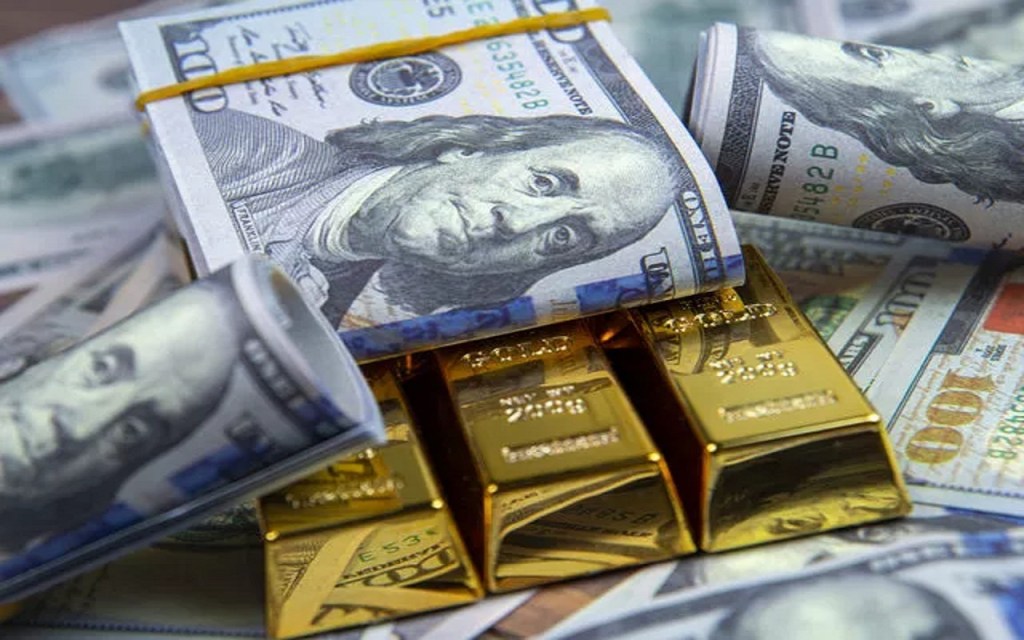
Yellow metal can attract bunker streams
Economists believe that a readjustment of market expectations around the FFR could keep gold prices volatile in the short term. However, they still expect the Fed to pause and yields to trend downward towards the end of the year. This will support gold prices in the second half of 2023. In this context, economists make the following comment:
We see that last year’s monetary tightening started to show itself in the slowing economic growth late this year. This could have a dual effect: Slowing economic growth could trigger monetary policy easing and gold could attract bunker flows.
Market begins betting on rate cuts
cryptocoin.com As you follow, gold is gaining from the turmoil in the market. But gold will likely lose some of its most recent gains again if the Fed sees the need for additional action to combat inflation, Commerzbank economists report. In this direction, economists make the following statement:
The market is now just waiting for the Fed to raise interest rates to 5% by May. Then, interest rate cuts are foreseen until the end of the year. However, we believe the Fed will raise interest rates to 5.5% by mid-year and only start lowering them again next year. This could trigger the gold price to drop once again towards $1,800 in the second quarter and then rise to $1,950 by the end of the year. After all, the market will start betting on interest rate cuts once again in the second half of the year. This week showed how much the gold price can profit from it.
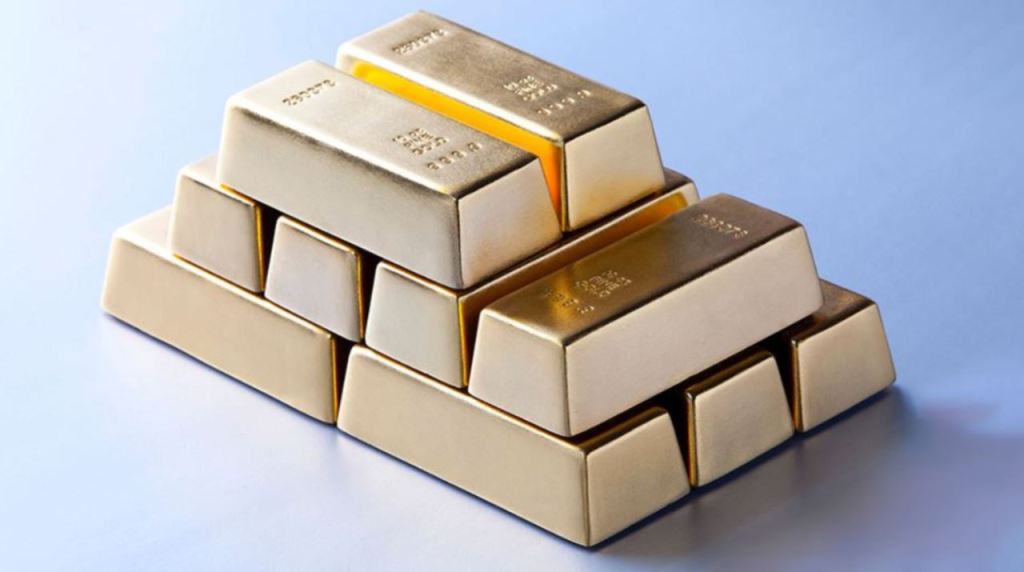
No one knows how bad it will get!
Gold prices closed more than 3% in the session on Friday, as investors don’t want to go home before the weekend without some protection and you can’t blame them. The US banking system is a mess and no one knows how bad it will get. Laurence Fink, CEO of BlackRock, the world’s largest asset management company, admits that even he himself doesn’t know how much worse the situation will get as financial institutions face “a classic asset-liability mismatch.” In his annual letter to investors, Fink underlines the following:
We don’t yet know if the consequences of easy money and regulatory changes will come in a cascade of foreclosures and shutdowns in the US regional banking sector.
Gold on its way to test resistance at $2,000
Economists and market analysts are warning investors that the Federal Reserve will raise interest rates until something breaks. Axel Merk, chairman and chief investment officer of Merk Investments, says it makes sense for gold to rise as the markets are gripped by uncertainty. He adds that there is no way for the Central Bank to raise interest rates in this environment.
To gain some credibility, the Federal Reserve may raise interest rates by 25 basis points next week, but the Merk thinks they’re over. As for where this leaves gold, analysts point out that gold’s solid push above $1,960 puts it on pace to test the $2,000 resistance.
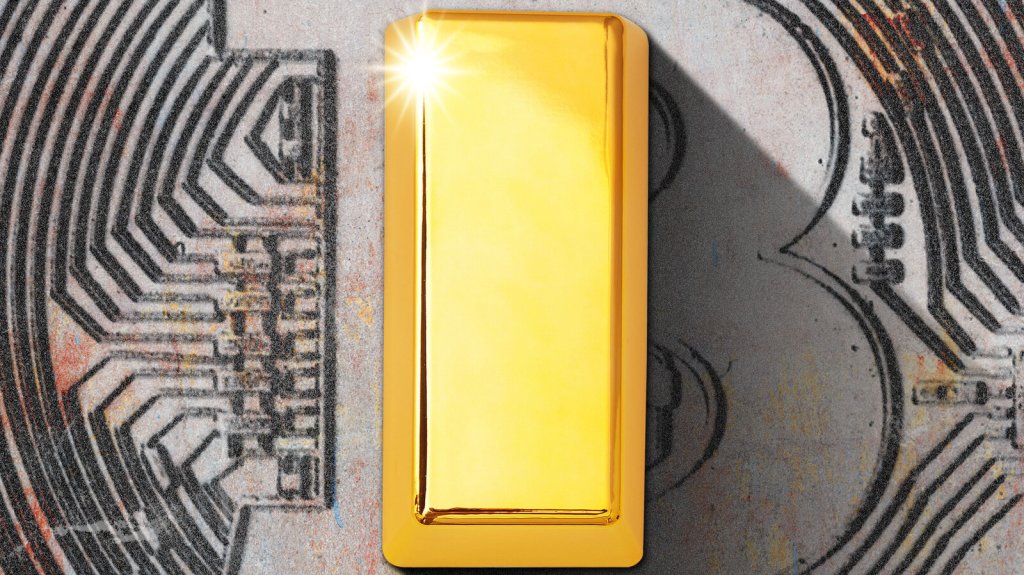
Matthew Pipenburg continues to focus on gold
However, even if that seems like an outdated figure now, both Bloomberg Intelligence and Wells Fargo said this week that they predict gold will eventually hit $3,000. Of course, while we are all focused on the banking sector, let’s not forget that the world economy is constantly facing the threat of high inflation. The latest survey from the University of Michigan shows that consumers expect inflation to rise 3.8% through next year. While that’s below the February estimate of 4.1%, it’s still above the Federal Reserve’s target of 2%.
Matthew Pipenburg, Commercial Director of Matterhorn Asset Management and author of Gold Matters: Real Solutions to Surreal Risks, says he continues to focus on gold as a long-term inflation hedge. In this context, Pipenburg says, “I have no doubt that if I put the dollar in my pocket there and come back two years later, it will be much cheaper than the gram of gold in my pocket.”

